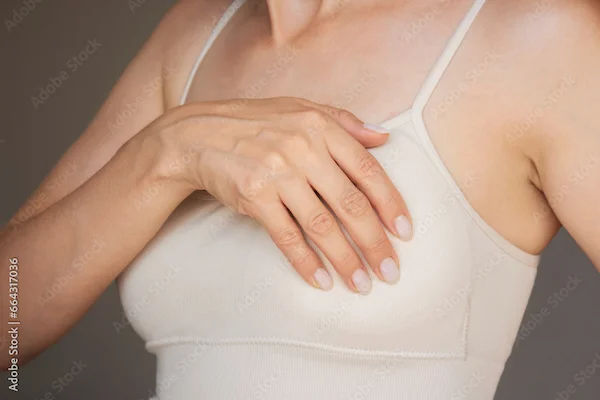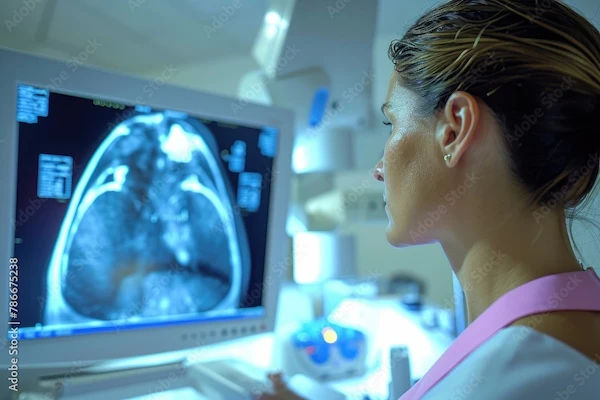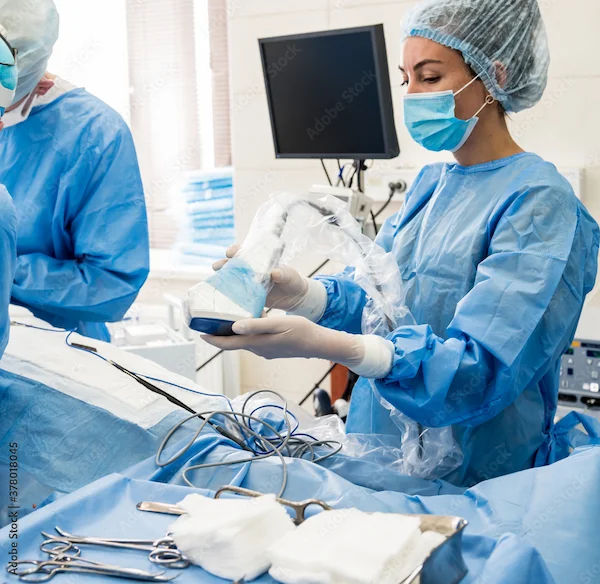Implant Over Or Under Muscle After Mastectomy
Considering breast reconstruction after mastectomy? Learn about the options of implant placement: over (prepectoral) or under (subpectoral) the muscle. Understand the pros, cons, and recovery differences to choose the best approach for your body and lifestyle.

Written by Dr.Sonia Bhatt
Last updated on 11th Jul, 2025

Introduction
If you’ve undergone a mastectomy (surgical removal of one or both breasts), you might be considering breast reconstruction with implants. One of the key decisions you’ll face is whether to place the implant over or under the chest muscle (pectoralis major). Both options have benefits and considerations, and the right choice depends on your body type, lifestyle, and personal preferences.
This guide will help you understand the differences between the two placement options, their pros and cons, and how to make the best decision for your health and comfort.
Understanding Breast Implant Placement After Mastectomy
1. Implant Under the Muscle (Submuscular Placement)
In this method, the implant is placed beneath the pectoral muscle, providing additional tissue coverage.
Pros:
More Natural Look & Feel – The muscle helps conceal the edges of the implant, making it appear softer and more natural.
Lower Risk of Rippling – Since the muscle covers the implant, visible wrinkling or rippling is less likely.
Better for Thin Patients – If you have less natural breast tissue after mastectomy, the muscle provides extra padding.
Lower Capsular Contracture Risk – Some studies suggest submuscular placement reduces the risk of scar tissue hardening around the implant.
Cons:
Longer Recovery – Since the muscle is disturbed, recovery can be slightly more uncomfortable.
Temporary Muscle Tightness – Some women experience tightness or discomfort when moving their arms until the muscle adjusts.
Animation Deformity – In some cases, flexing the chest muscle can cause the implant to shift temporarily.
2. Implant Over the Muscle (Subglandular or Prepectoral Placement)
Here, the implant is placed above the muscle but beneath the remaining breast skin and tissue.
Pros:
Faster Recovery – Since the muscle isn’t involved, there’s less postsurgical discomfort.
No Muscle Tightness – Movement isn’t restricted, making daily activities easier.
More Projection (Fuller Look) – The implant isn’t compressed by muscle, giving a rounder appearance.
Cons:
Higher Risk of Rippling – If you have thin tissue, the edges of the implant may be more visible.
Less Natural Contour – Without muscle coverage, the implant may look more artificial.
Slightly Higher Capsular Contracture Risk – Scar tissue formation may be more likely.
Which Option Is Right for You?
Your surgeon will consider several factors when recommending implant placement:
Body Type & Tissue Availability – Thinner women may benefit from submuscular placement for better coverage.
Activity Level – If you’re very active (e.g., weightlifting), submuscular implants might feel restrictive.
Radiation Therapy History – If you’ve had radiation, submuscular placement may reduce complications.
Personal Preference – Some women prefer a softer, natural look (under muscle), while others want a fuller shape (over muscle).
Consult Top Specialists for Personalised Tips
Recovery & Aftercare Tips
Regardless of placement, proper recovery is essential:
Follow Post-Op Instructions – Avoid heavy lifting and strenuous activities for 46 weeks.
Wear a Supportive Bra – A surgical bra helps reduce swelling and supports healing.
Massage & Gentle Movement – If advised, gentle massage can help prevent scar tissue hardening.
Attend Follow-Up Appointments – Regular checkups ensure proper healing.
When to Consult a Doctor?
If you experience:
Severe pain or swelling
Signs of infection (redness, fever)
Sudden changes in implant shape
Persistent discomfort
seek medical advice immediately.
Final Thoughts
Choosing between implant over or under the muscle is a personal decision that depends on your body, lifestyle, and aesthetic goals. Discussing your options with a boardcertified plastic surgeon will help you make the best choice.
If you’re considering breast reconstruction or need expert advice, you can book a consultation with Apollo 24|7’s specialists for personalized guidance.
Remember, your comfort and confidence matter most—take your time to decide what feels right for you!
Consult Top Dermatologist
Consult Top Specialists for Personalised Tips

Dr Ritika Shanmugam
Dermatologist
9 Years • MBBS, MD (Dermatology, venereology, Leprosy)
Bangalore
Apollo 24|7 Clinic - Karnataka, Bangalore

Dr. K Chetana
Dermatologist
10 Years • MBBS, MD ( Dermatology)
Hyderabad
Apollo 24|7 Clinic, Hyderabad

Dr. Hemalatha Naidu M
Dermatologist
5 Years • MBBS, MD (Dermatology)
Bangalore
Apollo 24|7 Clinic - Karnataka, Bangalore
(275+ Patients)

Dr. Himabindu Mamidala
Dermatologist
11 Years • MBBS, DDVL
Hyderabad
DrHIMABINDUS SKIN CLINIC AND LASER CENTRE, Hyderabad
Dr. Kavitha Killaparthy
Dermatologist
23 Years • MBBS,DIPLOMA(DERMATOLOGY,VENEREOLOGY,LEPROSY)
Hyderabad
JDS Skin & Hair Clinic, Hyderabad
Consult Top Dermatologist

Dr Ritika Shanmugam
Dermatologist
9 Years • MBBS, MD (Dermatology, venereology, Leprosy)
Bangalore
Apollo 24|7 Clinic - Karnataka, Bangalore

Dr. K Chetana
Dermatologist
10 Years • MBBS, MD ( Dermatology)
Hyderabad
Apollo 24|7 Clinic, Hyderabad

Dr. Hemalatha Naidu M
Dermatologist
5 Years • MBBS, MD (Dermatology)
Bangalore
Apollo 24|7 Clinic - Karnataka, Bangalore
(275+ Patients)

Dr. Himabindu Mamidala
Dermatologist
11 Years • MBBS, DDVL
Hyderabad
DrHIMABINDUS SKIN CLINIC AND LASER CENTRE, Hyderabad
Dr. Kavitha Killaparthy
Dermatologist
23 Years • MBBS,DIPLOMA(DERMATOLOGY,VENEREOLOGY,LEPROSY)
Hyderabad
JDS Skin & Hair Clinic, Hyderabad




